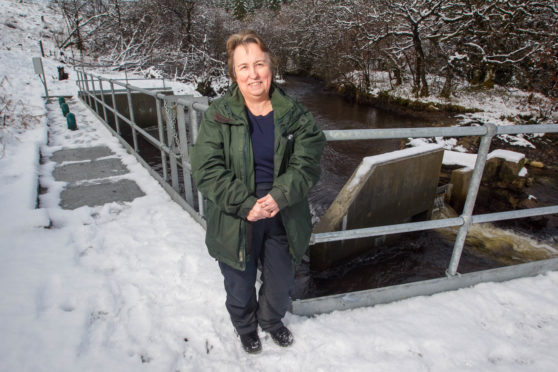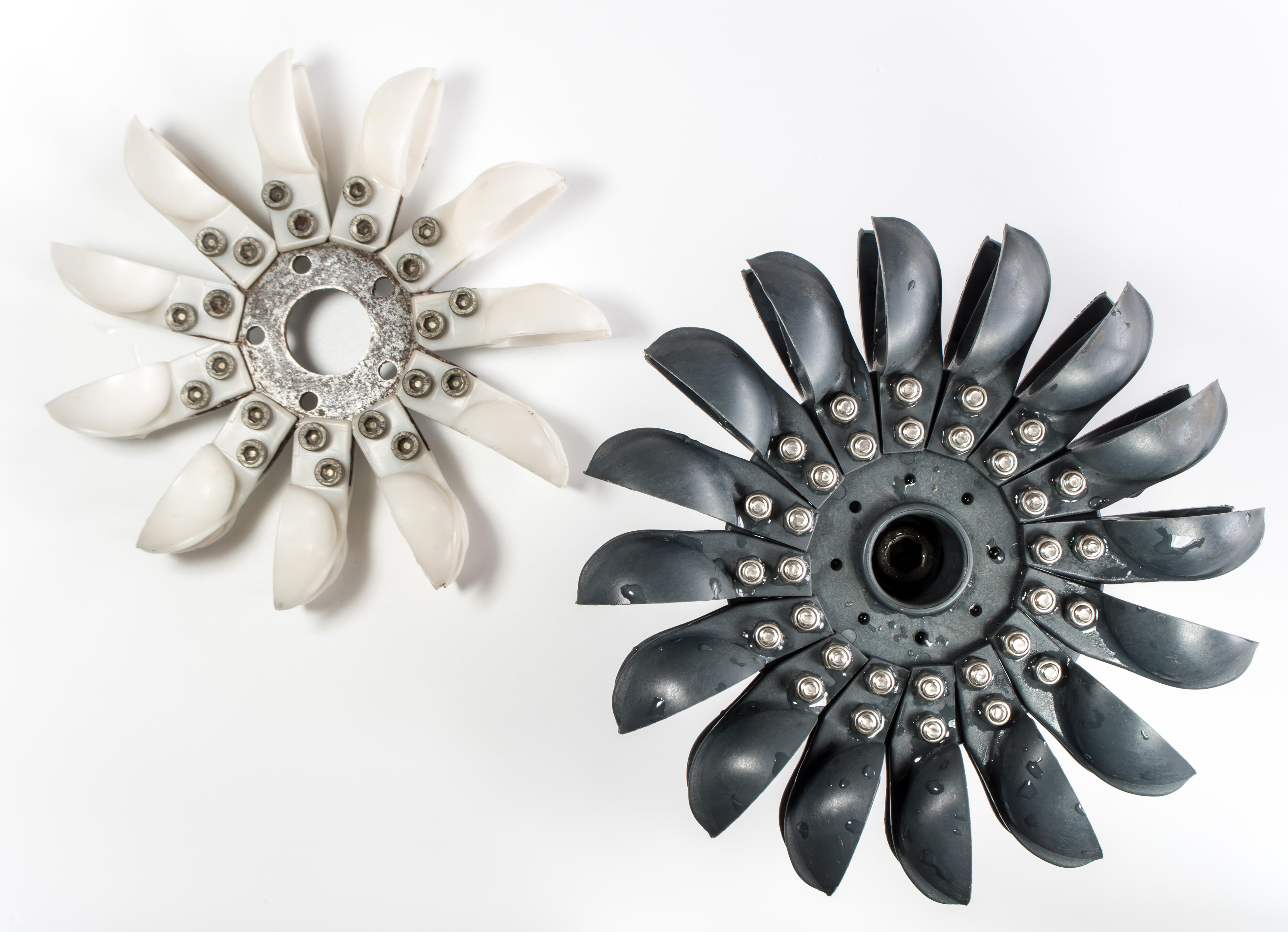
Villagers are celebrating their first year in the vanguard of an energy revolution delivering power to the people and cash windfalls to rural communities.
Their villages, on the banks of Loch Awe, have delivered a renewable energy scheme that’s bringing a financial windfall.
It is hoped profits from the scheme, selling hydro electricity to the National Grid, will help protect their future.
Great-grandmother Carol Thomas, one of those behind the project, said: “This can be a real lifeline and help us survive and thrive. That’s what kept us going through all the red tape and rejections we faced.”
Four hamlets, Inverinian, Dalavich, Lochavich and Kilmaha, with only around 80 houses and 140 residents, are involved with Awesome Energy, the company set up by their local improvement group.
The idea for the micro hydro- electric scheme came about a decade ago and it required five years of planning.
It took £1.3 million to build the high-tech power house and infrastructure on the site of an old Victorian hydro scheme on the River Avich.
While there were government and council grants, capital came from a community share issue.
“Over 50% of the community put their hands in their pockets and some have put in sizeable chunks of money,” said Carol, 61. “We got £300,000 from the shareholders and about 60% of those who invested either live here or have a direct connection.”
There were significant hurdles to be overcome but the improvement group were determined to succeed.
And the challenges continued in the first year, including dealing with the “Beast from the East” and low river levels by the summer heatwave, which meant they couldn’t generate for 28 days.

The local grid isn’t capable of allowing the electricity produced to directly power the community, so it’s sold to the National Grid which then supplies as normal.
It’s hoped that may change in the future but in the meantime the profits rolling back to the locals are expected to reach up to £2.5m over a 20-year period.
“There are obviously start-up costs to be factored in during the early years but the profits will ramp up,” said Carol.
“We’ll be giving the community money every year until it’s in excess of £100,000, maybe £150,000 per annum.
“That’s a lot of money we can do things with.”
Like many isolated rural communities – it’s an hour to Oban on single-track roads – there are major concerns over infrastructure and technology.
The proposals for spending the power profits include plans for super-fast broadband which would make it easier for people to work from home.
It’s also hoped that the cash will provide other facilities that will make the communities more attractive to tourists and to the younger generation.
“We want to change the demographic,” said Carol. “Almost half of the population is over 65. At the moment, lots of things are in discussion as we concentrate on getting the hydro up and running.
“Lots of people want to get out of the rat race but they still want to be connected to it, hence the broadband.
“And we will doubtless look to make our community centre more multi-use and appropriate for the 21st Century.”
James Proctor of Community Shares Scotland, CSS, which offers support to guide communities through the share offer process said: “We are delighted to see Awesome Energy celebrate their first anniversary.
“Community hydro schemes have proved very successful in Scotland. We have supported six schemes, between them raising over £4m in share capital, and these are now producing generous community benefit funds to support other local causes. It really is a case of is helping them find the money for community projects.”
CSS, funded by the National Lottery Community Fund Scotland and the Scottish Government, has aided communities across Scotland with all sorts of ventures including projects around harbours, schools and shops.
But energy schemes make up around a quarter of all their projects.
Following a successful share offer, Green Energy Mull raised over £450,000 towards the creation of the first community-owned hydroelectric scheme on the Isle of Mull. The intention was to create up to £150,000 a year for use on the island.
Sunart Hydro – Strontian got up and running in October 2015, three years after 95% of the 348 local residents balloted on buying a disused dam from Scottish Water said yes. Just over £750,000 was raised to install the hydroelectric turbine that generates enough power for about 130 homes.
“The schemes we’ve supported have been wind power and hydro as well as a solar co-op in Edinburgh,” said James.
“Wind power and hydro sell their electricity into the National Grid and then get the money back for their community.
“There is the aspiration of developing further so they directly power themselves, and solar projects could already do that.”
The 500-plus members in the Edinburgh scheme raised £1.5m in 2015 to put solar panels on the roofs of community centres, schools and leisure facilities.
“It is very much a way of communities banding together and taking ownership of the pot of money and using it to improve their town,” said James.
“There are some changes coming in the energy sector that could make it harder for small community groups.
“But there are also some new opportunities for communities to look at things like electric car charging points, particularly in remote areas.
“So there are still opportunities in electricity generation and community shares are still viable for projects.”
Hydroelectric power was the driving force behind great social improvements across the Highlands
A stately home in Northumberland was the first in the world to be lit by hydroelectric power.
Visitors to Cragside, built by industrialist Sir William Armstrong, can still see the lamps that caused a sensation in 1878.
Fort Augustus Abbey saw Scotland’s first-ever public hydroelectricity supply in 1891, with monks causing lights in the village to dim when they played their electric organ.
Tom Johnston, Secretary of State for Scotland, left, drove through the 1943 Hydro Electric (Scotland) Act to nationalise the development, with a vision of using it to deliver social improvement across the Highlands.
There was a post-war building boom, with former German and Italian POWs among the 12,000 people employed at the peak construction phase. Some earned 10 times as much as local workers.
By the mid-1960s there were 56 dams and more than 90% of the north of Scotland was on the grid. Further developments would take decades with SSE, which runs most of the schemes constructed during the boom years, then commissioning high-tech projects.
Hydro power produces 12% of Scotland’s electricity. More than half of the 145 schemes are in the Highlands and Islands.

Enjoy the convenience of having The Sunday Post delivered as a digital ePaper straight to your smartphone, tablet or computer.
Subscribe for only £5.49 a month and enjoy all the benefits of the printed paper as a digital replica.
Subscribe